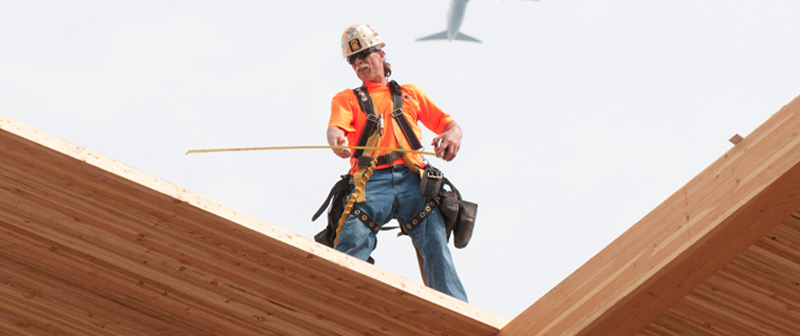
Specific to timber as a structural element in construction, early design decisions include:
Establishing the criteria/metrics to be applied during the design and procurement process should happen at this stage. Potential wood criteria/metrics could include any number of elements from the CSF definition that align with the project’s goals, for example:
Grid spacings and preferred floor assemblies may be informed not only by the architecture but also the availability and cost competitiveness of various mass timber assemblies and their manufacturers’ dimensional parameters. Structural engineers, the GC/CM, or other consultants/partners can assist in providing parametric studies to compare the pros and cons of various timber solutions, factoring in cost, lead time, architectural constraints, embodied carbon, etc.
Where wood is to be used in a project, the CSW Procurement Options should be considered and one or more procurement strategies should be prioritized at this time. General solicitation to the supply chain should start to validate strategies, assess availability of sizes and material types, and drive healthy competition during the bidding phase. CSWG is building partners across North America who can inquire about the array of CSW availability options in real-time and, if desired, procurement options within the local area where the project is located. A consultation with CSWG will help determine what range of options might exist.
Procurement approaches can also help with “why” a developer should pick one (or some combination) of the CSW procurement paths over another. This ideally involves a quantitative decision-making process. Developers are typically motivated to manage their risk and maintain optionality. Tracking cost, schedule, embodied carbon (and other sustainability metrics), and risk implications of procurement pathways allows the project team to find the best approach to achieve the overall project goals.
Procurement guidance should recognize and work with this risk framework and show developer value (and risk reduction) in order to encourage establishment of a more comprehensive climate smart criteria. For example:
While some studies will continue to be vetted into Design Development (DD), the end of SD typically coincides with clarity on large scope items such as the preferred framing schemes, species of wood, etc, — although it is not uncommon for some of these studies to continue into early DD.
Project teams are encouraged to reach out to the CSWG network for assistance, guidance, and help locating consultants, contractors, and vendors. Sample specification language options are under development and will be open for case study-based utilization in early 2024. Until that time, CSWG is also available to review and assist with specification approaches on a project-basis.
©2024 Climate Smart Wood Group. All rights reserved. Privacy Policy
